Best Time to Trek in Dolpo: Seasonal Guide
Planning a trek in Dolpo, one of Nepal's most remote and stunning regions, is an exciting adventure. But with Dolpo's unique climate and terrain, figuring out the best time to go can make all the difference. In this guide, I'll walk you through everything you need to know about the best time to trek in Dolpo, with insights into what each season has to offer.
The Dolpo Region, located in the remote and rugged northwest of Nepal, offers some of the most isolated and pristine trekking experiences in the Himalayas. Treks in this area, like the Inner Dolpo Trek and Upper Dolpo Trek routes, provide access to isolated villages, ancient monasteries, and stunning mountain views, making it an ideal destination for those seeking an off-the-beaten-path adventure. This trek allows adventurers to explore untouched landscapes, traditional Tibetan Buddhist culture, and spectacular mountain views.
However, due to its high altitude and challenging terrain, choosing the best time to trek is crucial to maximize both safety and enjoyment.
What is the Best Time to Trek in Dolpo?
The best time to trek in Dolpo is generally between late spring and early autumn, specifically from April to November. During these months, you'll experience the most favorable weather conditions, with stable temperatures and clear skies. But let's dive deeper into what each season has to offer so you can pick the perfect time for you.
Best Time for Photography in Dolpo
If capturing breathtaking landscapes is a priority for you, autumn—September to November—is hands down the best time to trek in Dolpo for photography. The skies are crystal clear, the light is golden, and the landscape is at its most vibrant. You won't be disappointed if you're a professional photographer or love snapping pics for your Instagram. Spring is another fantastic option, with blooming flowers adding color to your shots.
Trekking Seasons in Dolpo
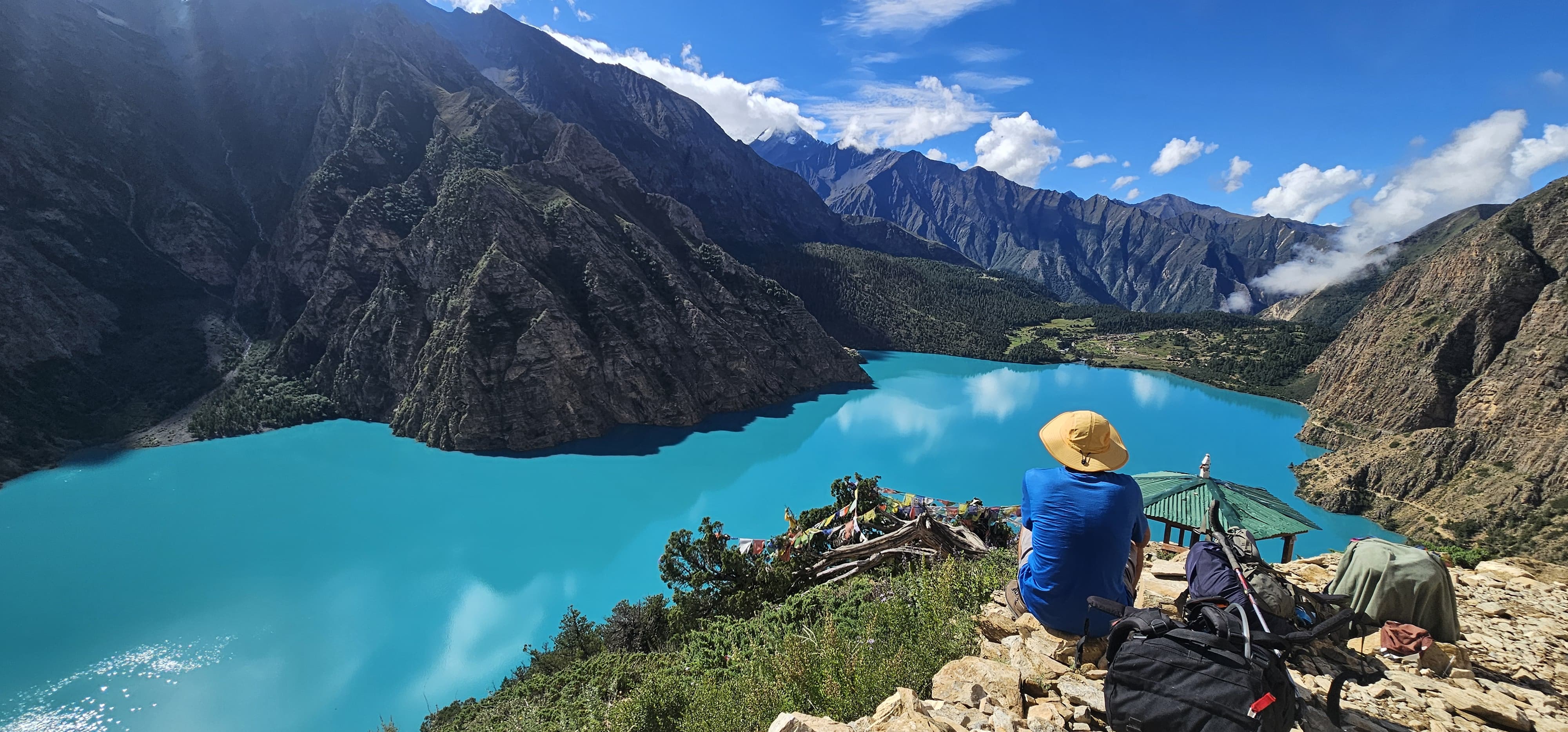
Spring (March to May)
Spring in Dolpo is like a breath of fresh air. The snow melts, and the trails come alive with blooming rhododendrons and other wildflowers. The weather is pretty mild, with daytime temperatures ranging from 10°C to 20°C (50°F to 68°F)—perfect for trekking.
What to Expect
Clear Skies and Fresh Air: The excellent visibility makes it ideal for taking in the stunning mountain views.
Wildlife and Flora: You'll see a burst of colors with wildflowers in full bloom, and you might even spot some wildlife.
Best Routes
Spring is excellent for the Lower Dolpo Circuit and the more adventurous Upper Dolpo Trek. The trails are less crowded, so you'll have more of the beauty to yourself.
Who Should Go?
Spring is perfect if you enjoy mild weather, fewer crowds, and nature in full bloom. It's also a good choice for those who want to avoid the peak season rush.
Summer (June to August)
Now, summer in Dolpo is tricky. It's monsoon season, which means lots of rain, especially in the lower regions. There are more popular times to trek, but it does have its unique charm.
What to Expect
Rainy Days and Humidity: The trails can get muddy and slippery, so it's a bit more challenging.
Cloudy Views: You might miss out on the clear mountain views due to the cloud cover.
Tips for Monsoon Trekking
Pack Smart: Waterproof everything—your clothes, your gear, even your boots.
Stick to Higher Altitudes: The higher you go, the less rain you'll encounter.
Who Should Go?
Summer is for the adventurous and experienced trekkers who don't mind a little (or a lot of) rain. If you're looking for a quieter, more introspective trek and don't mind braving the elements, this could be your season.
Autumn (September to November)
Autumn is often hailed as the best time for Dolpo trekking. The weather is nearly perfect, with cool, crisp air and clear skies that offer some of the best views you'll ever see.
What to Expect
Perfect Weather: Temperatures hover between 10°C and 15°C (50°F and 59°F), just right for trekking.
Festivals and Culture: Autumn is also festival season in Dolpo, allowing you to experience local traditions and celebrations.
Best Routes
Autumn is the ideal time for the Shey Phoksundo Lake Trek. The lake's turquoise waters are mesmerizing under the clear autumn skies. The Dho Tarap Valley is another excellent choice,especially if you're interested in the local culture.
Who Should Go?
If you want the best of everything—great weather, amazing views, and a bit of cultural immersion—autumn is the time to go. It's perfect for both seasoned trekkers and first-timers.
Winter (December to February)
Winter in Dolpo is not for the faint of heart. It's cold—sometimes freezing—and there's a good chance you'll encounter snow. But if you're up for a challenge, winter can be an advantageous time to trek.
What to Expect
Snow and Ice: Expect temperatures to drop below 0°C (32°F), especially at night and at higher altitudes.
Short Days: With fewer daylight hours, you must plan your days carefully.
Considerations for Winter Trekking
Gear Up: You'll need cold-weather severe gear, such as thermal layers, insulated boots, and a sleeping bag that can withstand freezing temperatures.
Be Prepared for Solitude: You'll likely have the trails almost entirely to yourself.
Who Should Go?
Winter is for the hardcore trekkers—those who don't mind the cold and are looking for solitude and a completely different Dolpo experience. If you're up for it, winter trekking can offer unparalleled tranquility and breathtaking, snow-covered landscapes.
Recommended Read: Best Seasons for Upper Dolpo Treks
Popular Trekking Routes in Dolpo and When to Visit Each
Lower Dolpo Circuit: Best in spring and autumn for moderate weather and stunning landscapes.
Upper Dolpo Trek: The weather is more stable in late spring and autumn.
Shey Phoksundo Lake Trek: Autumn is peak season, but spring also offers beautiful views.
Dho Tarap Valley Trek: Autumn is the time to experience local festivals and the unique Tibetan-influenced culture.
For trekkers interested in a more extensive journey that combines the remote beauty of Dolpo with other regions, the Dolpo to Jomsom Trek is a fantastic option. This trek offers a blend of diverse landscapes and cultural experiences, connecting Dolpo with the famous Annapurna region.
Recommended Read: Best Dolpo Treks in Nepal
What Should I Pack for a Trek in Dolpo Based on the Season?
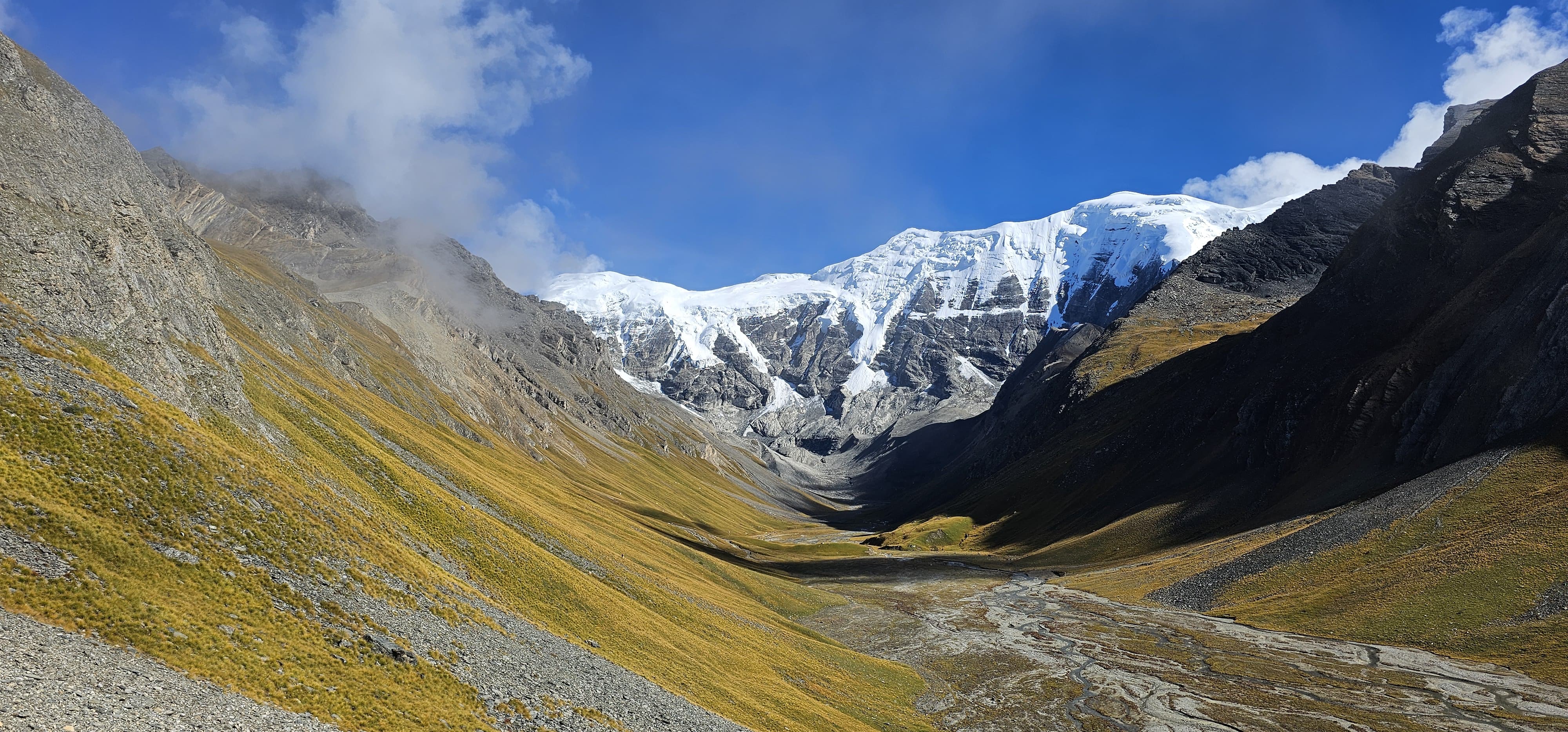
Packing for Dolpo depends heavily on when you're planning to go. Here's a quick guide:
Spring and Autumn: Layered clothing is critical. Think light jackets, moisture-wicking shirts, and sturdy trekking boots. Don't forget trekking poles—they'll be your best friend on the trails.
Summer: Waterproof everything—your jacket, pants, and even your backpack. Quick-drying clothes are a must, and pack insect repellent to keep the bugs at bay.
Winter: You'll need cold-weather severe gear. Thermal layers, an insulated down jacket, heavy-duty boots, and a sleeping bag rated for sub-zero temperatures are essential.
Factors to Consider When Choosing the Best Time to Trek in Dolpo
Choosing the best time to trek in Dolpo comes down to a few key factors:
Personal Preferences: Do you prefer vibrant landscapes and clear mountain views or thrive in solitude?
Trekking Experience: If you're new to trekking, you might prefer the milder conditions of spring or autumn.
Photography Goals: Autumn's clear skies are unbeatable for the best shots, but spring's lush greenery offers its charm.
Crowds: If you want to avoid the crowds, consider trekking in the off-season—winter or summer—but be ready for more demanding conditions.
Additional Information:
Accommodation: While Dolpo has limited accommodation options, guesthouses and homestays are available in famous trekking areas.
Transportation: The nearest airport to Dolpo is in Nepalgunj. From there, you can take a local flight or a bus journey to reach the region.
Permits: You must obtain a trekking permit before entering Dolpo. The permit can be obtained from the Nepal Tourism Board or authorized trekking agencies.
Local culture: Dolpo is home to a unique Tibetan-influenced culture. Respect local customs and traditions.
Medical facilities: Basic medical facilities are available in some areas, but it is essential to carry a first-aid kit and travel insurance.
The difficulty in Dolpo treks is consistently high regardless of the season due to the region's remoteness, high altitude, and challenging terrain. While spring and autumn offer more favorable conditions, the physical demands of trekking in Upper Dolpo and Inner Dolpo remain significant year-round. Trekkers must be well-prepared for these routes' mental and physical challenges, and proper acclimatization and fitness training are essential to complete the trek successfully.
By carefully planning your trip and considering the abovementioned factors, you can ensure a memorable and rewarding trekking experience in Dolpo.
Conclusion:
Choosing the best time to trek in Dolpo depends on what you want to get out of your adventure. Spring is your best bet if you're after mild weather, vibrant landscapes, and fewer crowds. Summer offers a quieter, more reflective experience but comes with the challenge of monsoon rains. Autumn is the ideal season for most trekkers, with perfect weather, clear skies, and cultural festivals adding a unique flavor to your journey. For the more adventurous, winter offers solitude and a chance to see Dolpo's snow-covered beauty, but it requires preparation for harsh conditions.
Regardless of when you decide to go, trekking in Dolpo is filled with stunning natural beauty, rich cultural experiences, and unforgettable moments. With the expert guidance of Dolpo Caravan Trek, you'll have the support and resources to make the most of your adventure in this hidden gem of the Himalayas.
Explore our Dolpo Region Packages
Rara Lake To Dolpo Dhorpatan Semi Tea House Trek
FAQs
Should I consider any local festivals or events when planning my trek?
Absolutely! Trekking during local festivals like Lhosar in autumn adds a whole new dimension to your adventure. It's a great way to experience the local culture up close.
What are the advantages of trekking in Dolpo during autumn?
Autumn offers the best trekking conditions—clear skies, dry trails, and pleasant temperatures. Plus, it's festival season so that you can enjoy both the natural beauty and local culture.
Can I trek in Dolpo year-round?
Yes, but each season comes with its own set of challenges. Winter and summer are the most difficult due to extreme cold and monsoon rains, but if you're prepared, you can trek in Dolpo year-round.
How do I choose the best time for my trek in Dolpo based on my preferences?
Consider what you want most out of your trek. Go in autumn for clear views and good weather. Spring is ideal if you love wildflowers and fewer crowds. For a quieter, more challenging experience, try winter or summer.
What should I pack for trekking in Dolpo during different seasons?
In spring and autumn, pack layers and sturdy boots. For summer, focus on waterproof gear and quick-drying clothes. In winter, go all out with thermal layers, insulated gear, and a sub-zero sleeping bag.
Can you trek in Dolpo during the rainy season?
Yes, but be prepared for slippery trails and limited visibility. Summer trekking is best for those who don't mind a bit of rain and want to experience Dolpo in a different light.
How cold does it get in Dolpo during winter trekking?
It can get pretty cold, especially at higher altitudes. Temperatures can drop well below 0°C (32°F), so ensure you're fully prepared with the right gear.
How does trekking in Dolpo in the off-season compare to the peak season?
Trekking in the off-season means fewer crowds and a more solitary experience, but it also comes with more extreme weather conditions and potential trail closures. If you're up for the challenge, it can be gratifying.
How can I prepare for trekking in Dolpo during the winter months?
Preparation is vital for winter trekking. Make sure you have all the necessary cold-weather gear, plan shorter routes to make the most of limited daylight, and be ready for snow-covered trails.

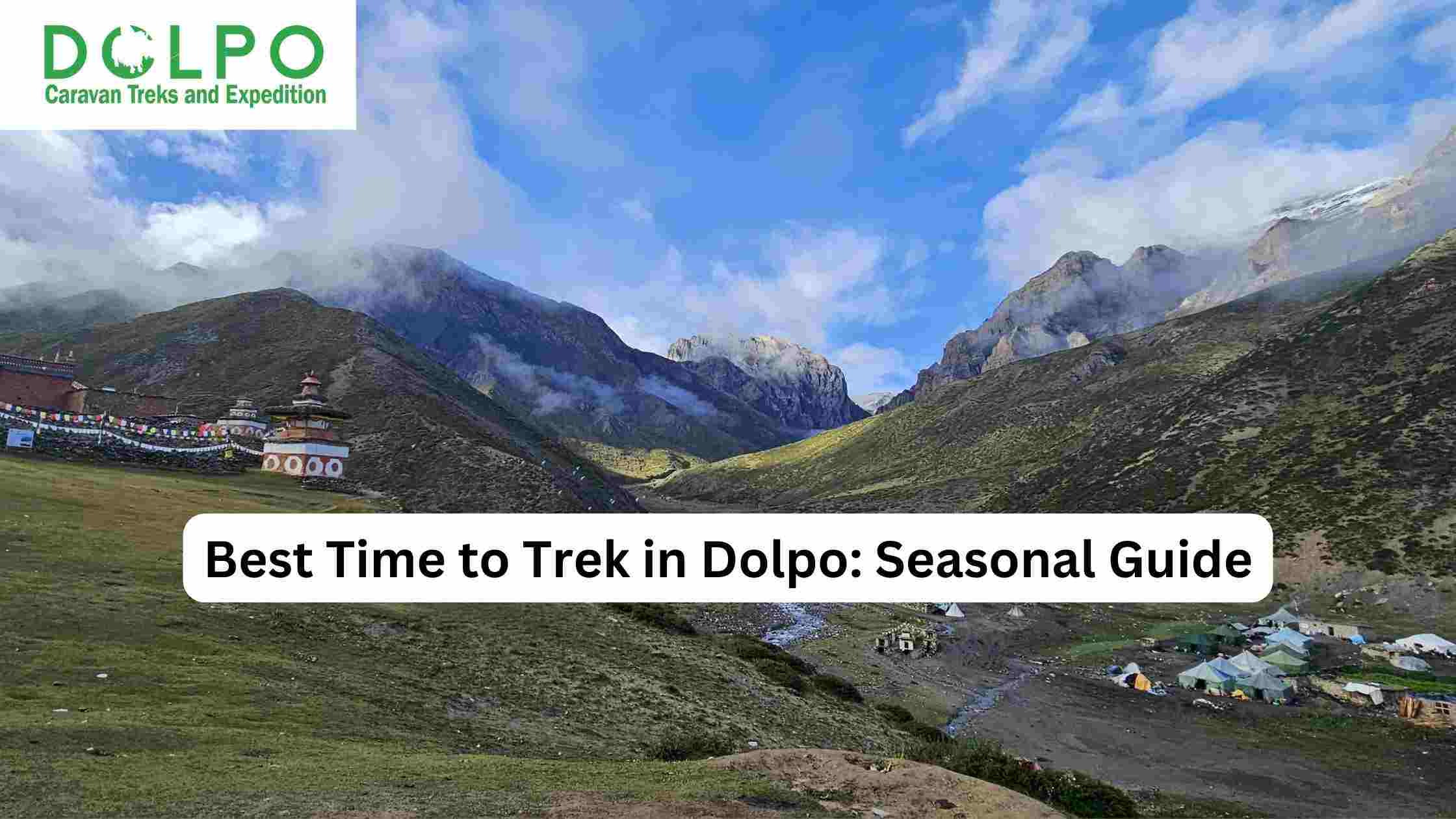
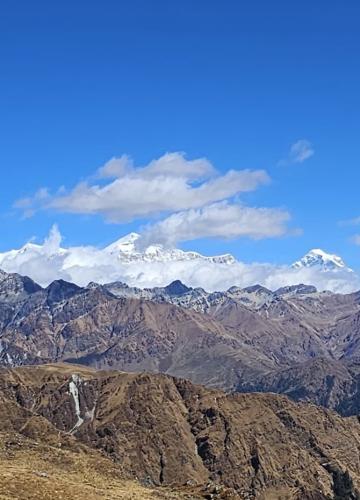
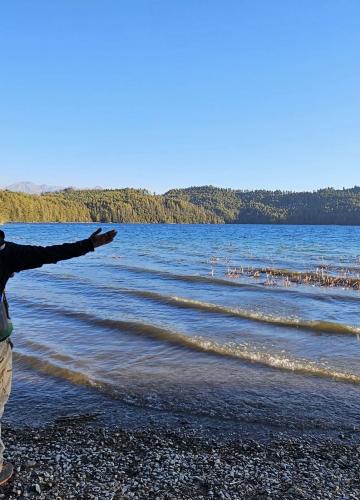
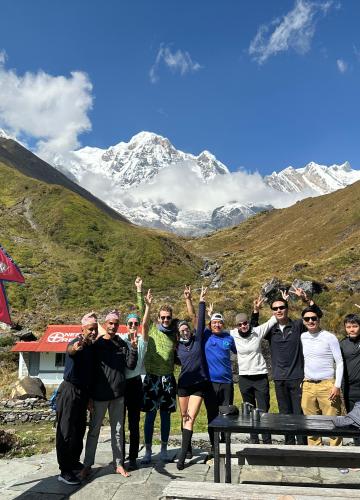
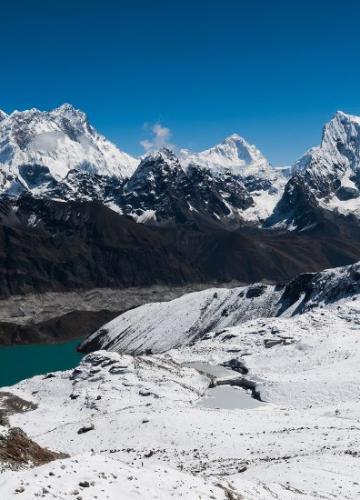
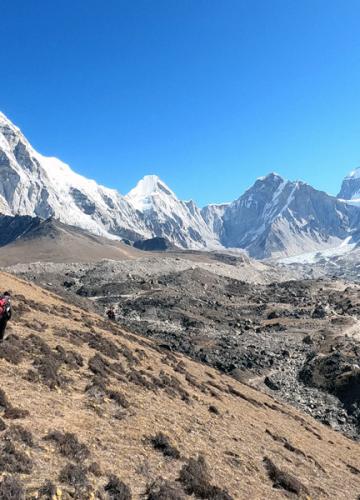
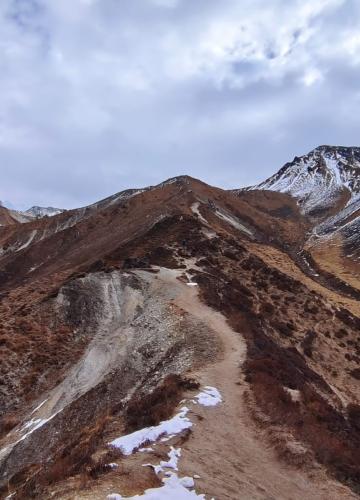

Leave Your Comment